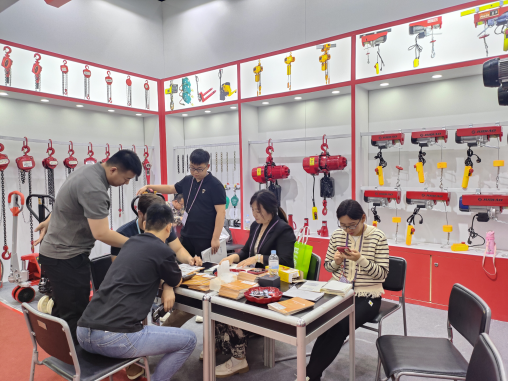


Types of Fall Protection Ensuring Safety in the Workplace
Fall protection is a crucial aspect of occupational safety, particularly in industries such as construction, manufacturing, and maintenance. With falls being one of the leading causes of workplace injuries and fatalities, understanding the various types of fall protection is essential for ensuring the safety of workers. This article explores the primary types of fall protection, emphasizing their importance and application.
1. Guardrails
One of the most common forms of fall protection is the installation of guardrails. Guardrails serve as a physical barrier designed to prevent workers from falling off elevated surfaces such as roofs, scaffolds, and balconies. Typically made from metal or wood, guardrails are required to meet specific height and strength standards set by regulatory agencies. They are effective because they provide a continuous line of defense, offering visual and physical guidance to workers.
2. Personal Fall Arrest Systems (PFAS)
Personal Fall Arrest Systems consist of a harness worn by the worker, attached to a secured anchor point via a lanyard. The harness distributes the force of a fall across the body, minimizing injury risk. PFAS are vital in situations where guardrails cannot be installed. Proper training on how to use and maintain these systems is crucial to ensure their effectiveness. Regular inspections are also necessary to guarantee the equipment is in good working condition.
3. Safety Nets

Safety nets are used as a form of collective fall protection, particularly in construction sites and areas where work is conducted at heights. These nets are installed below the work area to catch falling workers or tools, preventing injuries and property damage. They must be placed properly and inspected regularly to maintain their effectiveness. Safety nets are particularly useful in high-risk environments, offering an added layer of safety for workers.
4. Fall Restraint Systems
Fall restraint systems are designed to prevent workers from reaching the edge of a fall hazard. Unlike fall arrest systems, which stop a fall after it happens, fall restraint systems keep workers securely positioned away from potential hazards. This is often achieved through the use of specialized harnesses and tether systems that limit movement to safe zones. Fall restraint systems are ideal for scenarios where work must be performed near unprotected edges.
5. Training and Awareness
In addition to physical equipment, training is a critical component of effective fall protection. Workers must be educated about the risks of falls, the proper use of safety equipment, and the importance of following safety protocols. Regular training sessions and drills can significantly reduce the likelihood of accidents in the workplace.
Conclusion
In conclusion, fall protection is an essential element of workplace safety that encompasses various types of systems and practices. From guardrails to personal fall arrest systems, each type plays a significant role in preventing workplace falls. For organizations, investing in adequate fall protection measures and providing comprehensive training for employees is not only a regulatory requirement but also a commitment to creating a safe work environment. By prioritizing fall protection, we can significantly reduce the risk of injuries and save lives.



